Special Market Fresh
A Tale Of 2 Markets: Tokyo’s Foodie Paradise
1Ask any foodie traveller for their top Tokyo tip, and you’ll get the same answer: go to the market. For decades, Tsukiji fish market was one of the city’s must-see attractions, and an iconic destination for foodies the world over. But now that the legendary wholesale market has moved to a different location, what’s a curious (and hungry) traveller to do? Local chef, author and tour guide Yukari Sakamoto gives us the lay of the land.
0/11
Special Market Fresh
A Tale Of 2 Markets: Tokyo’s Foodie Paradise.
2“For more than 80 years, Tokyo’s main food market was in the heart of the city at Tsukiji. It was composed of two market areas: the inner jōnai market for wholesale seafood and produce, and the outer jōgai market for knives, tableware, tea, pantry staples and a variety of restaurants. In October 2018, the wholesale market moved further south to man-made island Toyosu, but the outer market stayed put – meaning that there are now 2 markets in Tokyo.”
1/11
Special Market Fresh
A Tale Of 2 Markets: Tokyo’s Foodie Paradise.
3“Why the move? The original inner market was built in 1935, and it was high time for the facilities to be modernised. The main issue was that the buildings had no doors, which made it convenient for vehicles to come and go delivering products, but it was also easy for birds, cats and even rats to get into the world-famous market. What’s more, the buildings had no refrigeration facilities or air-conditioning, forcing the sellers and buyers to use a lot of ice and super-freezers or refrigeration containers to keep the products cold in Tokyo’s hot and humid summers. Thus, the new Toyosu Market was built to eliminate concerns about food safety, offering completely enclosed facilities that can be kept at constantly cool temperatures.” [Photo: Ys waiz/Flickr]
2/11
Special Market Fresh
A Tale Of 2 Markets: Tokyo’s Foodie Paradise.
4“Getting to the new Toyosu Market is not very convenient; you’ll need to take the Yurikamome monorail at Shijō-mae station. When you arrive, you’ll see that the market is divided into three buildings – one for produce and two for seafood – with the Seafood Intermediate Wholesale Market Building being the most interesting for visitors. There you’ll find about 70 shops, with a big selection of knives, kitchenware and pantry staples like nori, Japanese tea, katsuobushi and sake all on the 4th floor.” [Photo: 江戸村のとくぞう/ Wikimedia Commons]
3/11
Special Market Fresh
A Tale Of 2 Markets: Tokyo’s Foodie Paradise.
5“The 3rd floor is home to around 40 restaurants serving everything from sushi to noodles, curry and fried pork cutlets called tonkatsu, as well as coffee shops. It’s advisable to come in the early morning hours for breakfast; lunchtime queues can be very long. If the weather is nice, be sure to check out the rooftop green space with fabulous views of Tokyo Bay and the metropolis.” [Photo: lazy fri13th/Flickr]
4/11
Special Market Fresh
A Tale Of 2 Markets: Tokyo’s Foodie Paradise.
6“At the former Tsukiji inner market, it was possible for tourists to walk amongst the stalls and view the seafood and produce up close. The new Toyosu Market, however, was designed to keep non-workers off the market floor. There’s a designated route that visitors can walk, but it’s on a higher floor with windows looking down on a few parts of the market. Very little can be seen from that vantage point, so the visit may be disappointing.” [Photo: lazy fri13th/Flickr]
5/11
Special Market Fresh
A Tale Of 2 Markets: Tokyo’s Foodie Paradise.
7“Of course, most visitors come to catch a glimpse of the early morning tuna auction at 5:30am. It’s still possible to do this, albeit from the special tuna auction observation deck adjacent to the tuna auction floor. Visitors must apply online for the limited number of spots, and applications must be submitted at least two weeks in advance. If the number of applicants exceeds the available spots, a lottery will be held. Click here to apply (scroll down for English).” [Photo: 江戸村のとくぞ/Wikimedia Commons]
6/11
Special Market Fresh
A Tale Of 2 Markets: Tokyo’s Foodie Paradise.
8“While the Toyosu Market – and especially the tuna auction – may be interesting for hardcore foodie fans, its out-of-the-way location and limited attractions make it less appealing for most visitors. Instead, I recommend visiting the original Tsukiji Market, where about 400 shops and restaurants are still operating. Getting to Tsukiji Market is easy via the subway on the Hibiya line at Tsukiji station or the Oedo line at Tsukijishijō station. It’s also walking distance from the glitzy Ginza district. Most shops open around 6am and are open until about 1pm, but some shops may close before that.” [Photo: Joshua/Flickr]
7/11
Special Market Fresh
A Tale Of 2 Markets: Tokyo’s Foodie Paradise.
9“To better understand how the two markets function and complement one another, look at the notable example from early January 2019, when a tuna was sold for a record-breaking 333.6 million yen ($3.1 million). It was auctioned at Toyosu and then brought to Sushi Zanmai restaurant at Tsukiji, where it was displayed and later served as sushi.”
8/11
Special Market Fresh
A Tale Of 2 Markets: Tokyo’s Foodie Paradise.
10“To see a wide variety of seasonal seafood, don’t miss the two buildings of the Tsukiji Uogashi. In the early morning hours, it’s only open to chefs shopping for their restaurants. After 9am it opens to the general public. There you’ll find 60 shops – mostly seafood, but also produce and other pantry essentials – and while there’s no dining area inside the marketplace, many shops sell sushi, sashimi, donburi, bento and sliced fruit packs to go; there’s an open-air picnic area on the rooftop if the weather is good. You’ll also find 4 restaurants on the 3rd floor (called Uogashi Shokudō, open from 7am) selling sashimi rice bowls, deep-fried seafood and chicken dishes.” [Photo: Wally Gobetz/Flickr]
9/11
Special Market Fresh
A Tale Of 2 Markets: Tokyo’s Foodie Paradise.
11“What do I recommend? Start the morning at Tsukiji with a cup of joe at Turret Coffee (Tsukiji 2-12-6) or freshly whisked matcha at Matcha Stand Maruni (Tsukiji 4-14-18), then browse the stalls selling small bites like sweet omelet tamagoyaki, grilled scallops and mochi stuffed with sweet bean paste. There are of course many restaurants featuring great sushi or donburi (large bowls of rice topped with sashimi), but don’t miss the great eats beyond seafood, such as offal stew at Kitsuneya (Tsukiji 4-9-12), oyakodon (a classic dish of chicken and egg over rice) at Toritoh Bunten (Tsukiji 4-8-6) or Totoya for yakitori (Tsukiji 6-26-1).[Photo: Bryan/Flickr]
10/11
Special Market Fresh
A Tale Of 2 Markets: Tokyo’s Foodie Paradise.
12“In terms of other wares, peruse quality knives at Tsukiji Masamoto (Tsukiji 4-9-9) and kitchenware at Hitachiya (Tsukiji 4-12-5). The biggest selection of tableware is at Urikiriya (Tsukiji 4-7-2). Note that many shops are cash-only, but there’s an ATM accepting overseas cards in the tax refund building (Tsukiji 4-16-2). Some – but not all – shops offer duty-free shopping, so don’t forget your passport!” [Photo: yoshinari/Flickr]
11/11


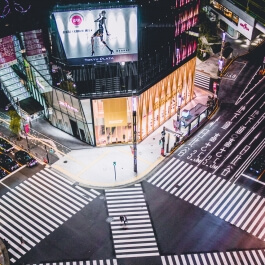
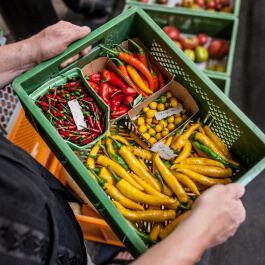

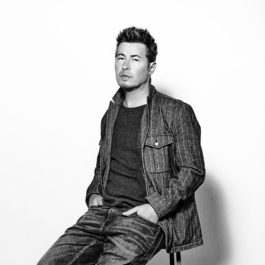
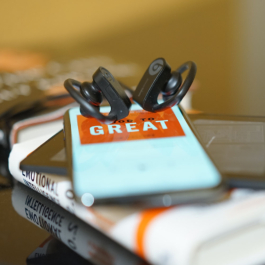




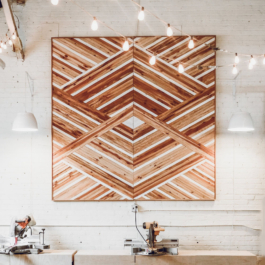
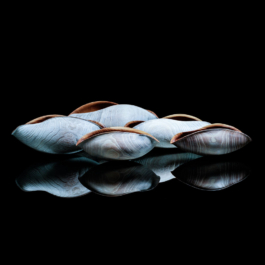
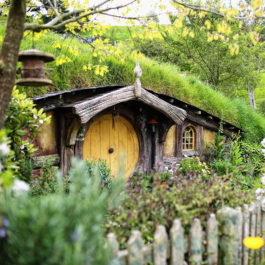

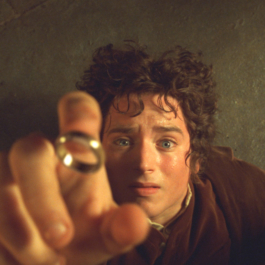
Sorry, the comment form is closed at this time.